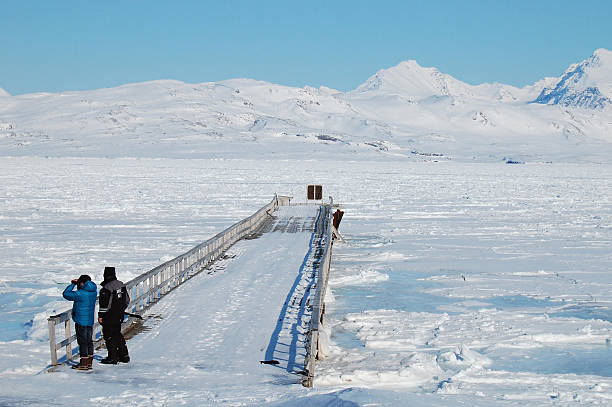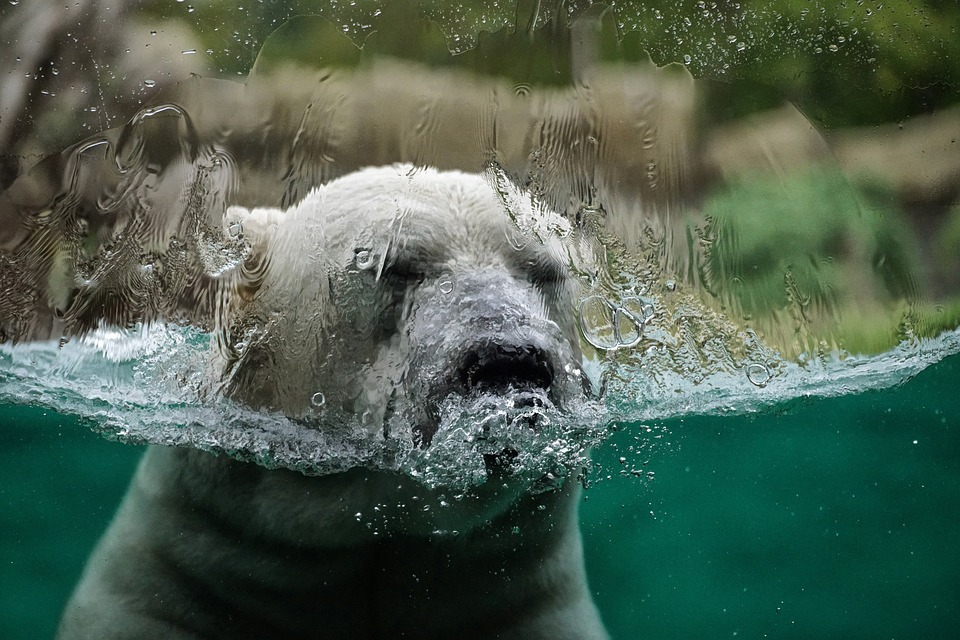At the world’s northernmost year-round research station in Ny-Aalesund, Norway, scientists are racing to understand how the fastest-warming place on Earth is changing. However, accessing scientific data is becoming increasingly difficult. Glaciers are inundated by water, and earlier springtime melts make research sites harder to reach.
Ny-Aalesund’s weather records, spanning over 40 years, have become crucial as climate change accelerates. The Arctic is warming four times faster than the global average, but Svalbard’s temperatures are rising even faster—up to seven times the global rate. Last summer was the hottest on record, with August temperatures averaging 5.1°C, 0.5°C above normal.
Polar bears, losing their sea ice hunting grounds, are seen more frequently near human settlements, posing risks to researchers. Jean-Charles Gallet from the Norwegian Polar Institute notes that the fieldwork season has shortened, with snow vanishing earlier each year. The once stable winter weather has given way to erratic storms and unusual rainfall.

Ny-Aalesund, originally a mining settlement established in 1916, became an international research hub after mining accidents in the 1960s. The town now hosts researchers from 11 countries, including China and India, though it has only about 35 year-round residents. During summer, the population swells to over 100 as scientists gather to study the Arctic ecosystem.
However, the town itself is facing challenges. Thawing permafrost has damaged infrastructure, leading to the closure of a key laboratory. Despite these difficulties, the community remains resilient, with diversions like a sauna, a sled dog yard, and social gatherings.
Fieldwork is increasingly challenging and risky. A recent expedition on the Holtedahlfonna icefield faced unexpected water flows, complicating efforts to drill ice cores. Researchers must also contend with polar bears, necessitating safety training and armed escorts.
Ny-Aalesund’s unique environment fosters cross-disciplinary collaboration, vital for understanding the Arctic’s rapid changes and their global impacts. Despite the challenges, scientists remain committed to their mission, underscoring the urgent need to study this critical region.

